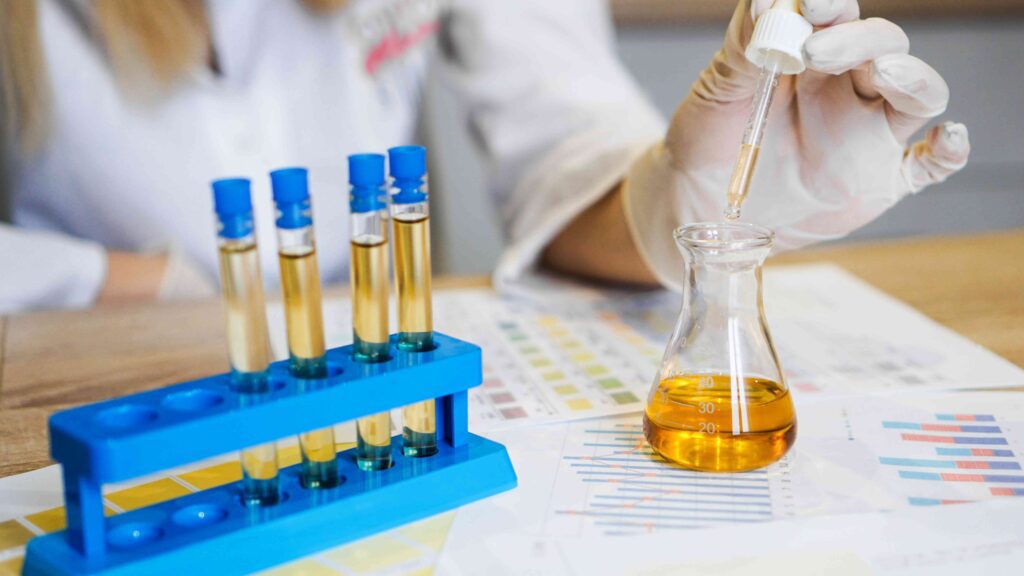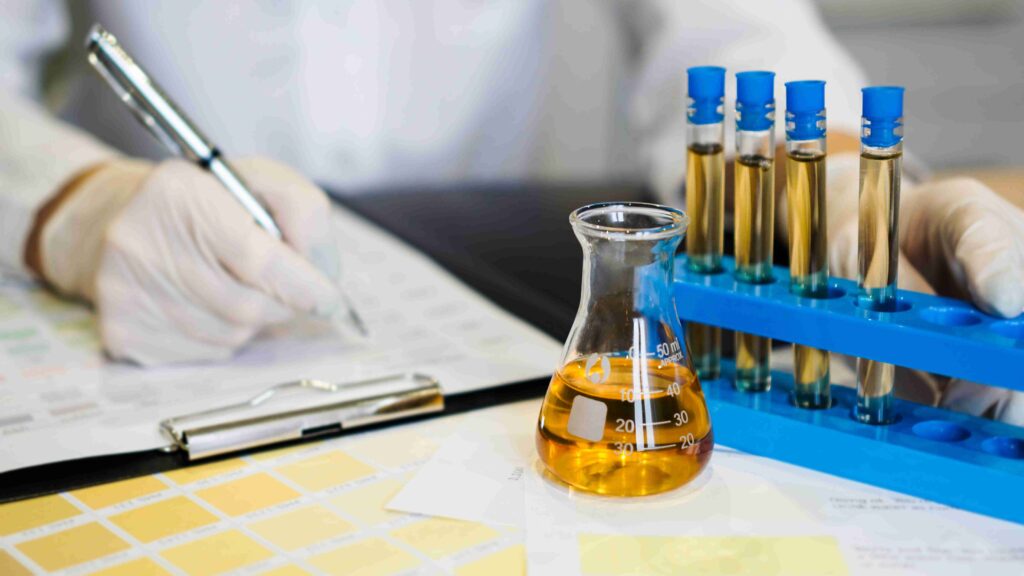

Call Us Today
(828) 505-7033
Email Us
info@advancedoccmed.com
Visit Us
1550 Hendersonville Rd Suite 200 Asheville, NC 28803

(828) 505-7033
info@advancedoccmed.com
1550 Hendersonville Rd Suite 200 Asheville, NC 28803

Welcome to Advanced OccMed’s blog, your trusted source for occupational medicine insights. In this post, we will delve into the world of urine testing, its procedures, and the interpretation of its results. As a leading medical practice specializing in occupational health, Advanced OccMed is committed to ensuring workplace safety and employee well-being. Let’s explore the significance of urine testing and how it plays a vital role in occupational medicine.
Overview and Purpose Urine testing is a valuable non-invasive diagnostic tool that provides crucial information about an individual’s health status. This procedure involves analyzing urine samples to detect various substances, assess organ function, and diagnose medical conditions. In occupational medicine, urine testing is particularly important for evaluating occupational exposures, monitoring the effects of workplace toxins, and detecting substance abuse.
To obtain accurate and reliable results, proper urine sample collection is essential. Several procedures are used in urine testing, depending on the specific requirements. These include:
Understanding the most common blood tests and their significance can provide valuable insights into your health status. Let’s explore some of these tests in detail:
Urinalysis involves analyzing various components of the urine, including:


Urine testing has diverse applications in occupational medicine. Some of these include:
While urine testing is a valuable diagnostic tool, it does have some challenges and limitations. These include:
Urine testing is a valuable tool in occupational medicine, providing critical insights into workplace health and safety. By understanding the procedures and interpretation of urine test results, employers and employees can proactively address potential health risks and ensure a safe work environment. At Advanced OccMed, we are dedicated to providing comprehensive occupational health services, including urine testing, to promote the well-being of workers and enhance productivity. Stay informed, stay safe!
Remember, the information provided in this blog post is for educational purposes only and should not substitute professional medical advice. Consult a qualified healthcare provider for personalized guidance regarding urine testing and its interpretation.
We hope you found this blog post on Understanding Urine Testing insightful. If you have any questions or would like to learn more about our services, please contact Advanced OccMed.
Urine testing is a diagnostic procedure that involves analyzing urine samples to detect substances, assess organ function, and diagnose medical conditions. It is commonly used in occupational medicine to evaluate occupational exposures and detect substance abuse.
Urine testing plays a vital role in occupational medicine as it helps identify workplace exposures to chemicals, heavy metals, and other toxins. It also enables the monitoring of compliance with safety regulations, such as drug-free workplace policies, and the assessment of kidney function in workers exposed to nephrotoxic substances.
Common urine testing procedures include midstream clean catch, random collection, and 24-hour urine collection. The choice of procedure depends on the specific requirements of the testing.
To collect a midstream clean catch urine sample, follow these steps: a. Clean the genital area with a cleansing wipe or mild soap and water. b. Start urinating into the toilet and then collect a midstream portion of urine into a sterile container. c. Securely close the container and provide it for testing.
Yes, urine testing can detect the presence of drugs and other substances in the body. Random urine collection is commonly used for drug testing purposes.
Urine test results are interpreted by analyzing various components, including physical characteristics, chemical composition, and microscopic examination. Abnormal results may indicate the presence of medical conditions or occupational health risks.
Urine testing has limitations, such as the possibility of false-positive or false-negative results. Factors like sample quality variations and the inability to diagnose certain conditions solely based on urine testing should be considered.
For more information about urine testing, you can visit the following websites:




